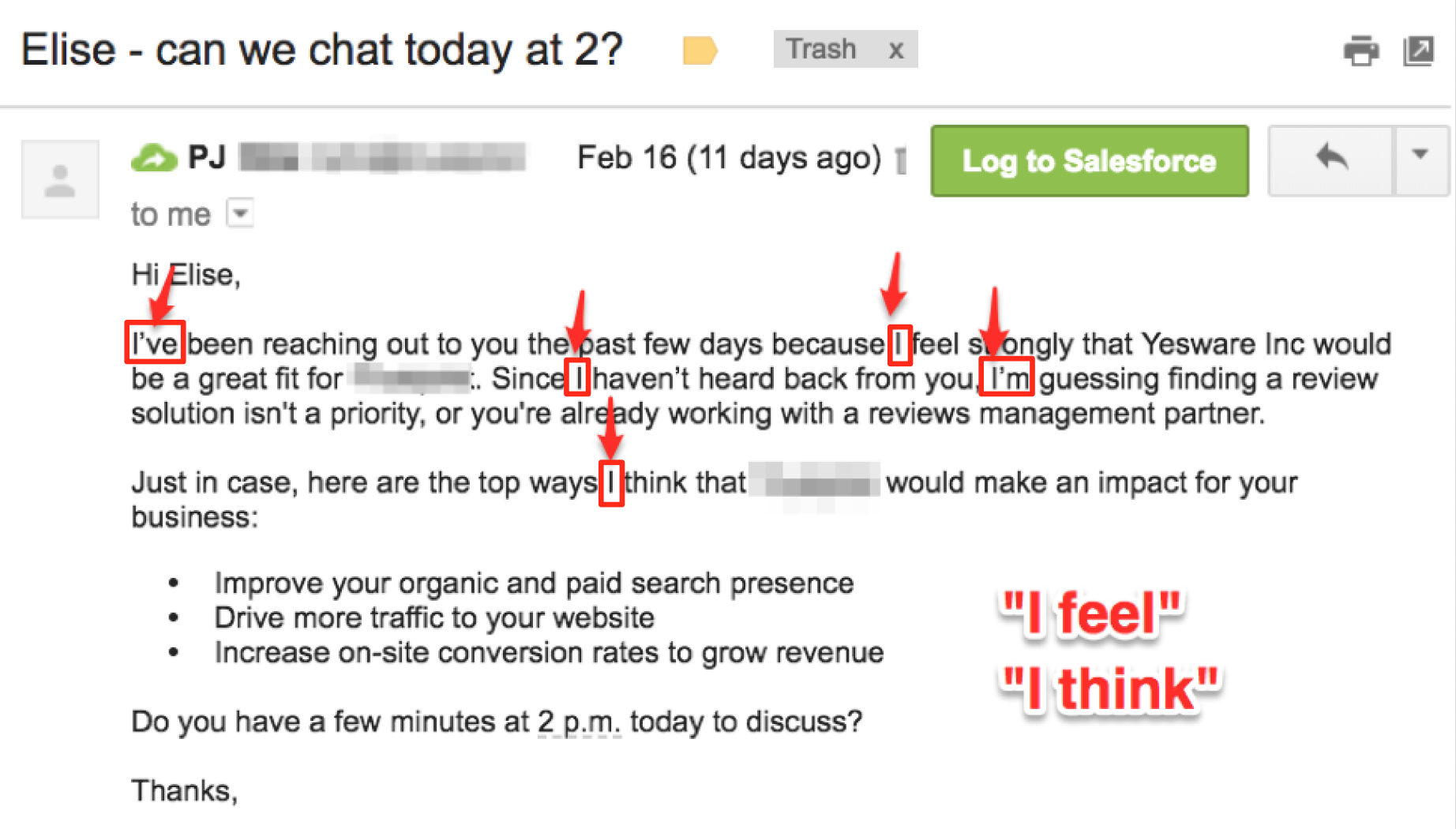How to Write a Use Case - Bridging the Gap.
This article will demonstrate how to write Unit Test Cases for CRUD operations in ASP.NET Core Web API with xUnit project. In this demonstration, we will write the Unit Test Cases for CRUD (CREATE, READ, UPDATE and DELETE) operations.Creating test plans for create, read, update and delete (CRUD) functionality is a very common requirement. There are a few different ways to model it. Let's review the simplest solution first then move to a few optional extra ideas that you could use in addition.A useful tool for writing use cases is RUP. mistake is to create CRUD (create-read-update-delete) use cases or to create separate use cases to describe alternative courses through a use case. Improving software development capability. Use Cases: Best Practices.
If you have a use case with just a handful of steps, consider folding it into another use case(s) If you have many use cases that have essentially the same set of steps, make sure you are not writing different use cases for scenarios that describe the same interaction (e.g. if you have a use case for Purchase Music CD and Purchase DVD and they.User Stories vs Use Cases. User Stories often start out the same way as Use Cases, in that each describes one way to use the system, is centered around a goal, is written from the perspective of a user, uses the natural language of the business, and - on its own - does not tell the whole story.

In computer programming, create, read, update, and delete (CRUD) are the four basic functions of persistent storage. Alternate words are sometimes used when defining the four basic functions of CRUD, such as retrieve instead of read, modify instead of update, or destroy instead of delete.












